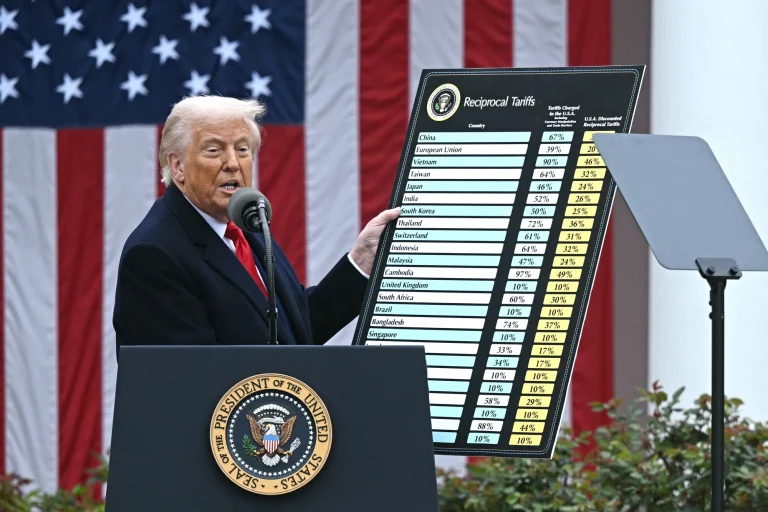🎧 Listen to This Article
Tariffs ranging from 10% to 70% will be imposed starting August 1 as trade talks falter.
In a dramatic escalation of his trade strategy, President Trump announced Friday that his administration will begin sending formal tariff notifications to dozens of countries starting immediately, after a 90-day pause on trade duties expired this week.
The move is expected to shake up global commerce, as the White House signals it will impose steep tariffs—ranging from 10% to 70%—on nearly all trading partners by August 1.
“We’re Giving Them a Bargain,” Trump Says
Speaking to reporters at Joint Base Andrews after returning from a rally in Iowa, President Trump described the tariffs as both necessary and “reasonable.”
“We’re going to start sending letters out to various countries starting tomorrow,” Trump said, noting that about 10 to 12 letters will be sent each day until July 9. “By then, they’ll all be covered.”
Trump insisted that the duties are a “bargain,” claiming they could have been even higher if calculated purely based on trade deficits. He said the tariffs would generate significant revenue for the U.S., while giving other nations an incentive to negotiate.
History of the Tariffs
The tariffs were first imposed in April under Trump’s “reciprocal trade” policy, which sets duties based on the trade balance with each country. Initial duties ranged from 11% for some African nations to 50% for others, on top of a universal 10% baseline tariff.
Following sharp market turmoil and bond market disruptions, Trump reduced most tariffs to a temporary 10% flat rate—with the exception of China, which saw a staggering 145% tariff before later negotiating a reduction to 30%.
Trade Deals: Few Successes, Many Unresolved
So far, only a handful of nations have reached deals to limit tariffs:
- United Kingdom: 10% permanent tariff agreed in May.
- Vietnam: 20% tariff plus higher duties on re-exported Chinese goods.
- China: 30% temporary tariff under ongoing review.
Talks with major economies—including Japan, India, Malaysia, and the European Union—have largely stalled.
Legal Battle Looms
Trump’s reciprocal tariffs remain under court scrutiny. While an appeals court has allowed them to stay in effect for now, a ruling on their legality is still pending. The administration justifies the tariffs under an older law citing national security threats linked to trade deficits.
Additional Tariffs Also In Place
Separate from the reciprocal tariffs, the White House has enacted additional levies on specific products such as airplanes, lumber, and copper, actions that Treasury Secretary Scott Bessent said will continue independently.
Bessent also said roughly 100 countries will likely face at least the minimum 10% tariff, but further deals are possible.
Next Steps
Countries receiving tariff letters will have a short window to respond or negotiate. If no agreements are reached, tariffs will start being collected August 1, 2025.
“We’re keeping it fair, but we’re serious about making trade fair for America,” Trump said.
For further details, clarification, contributions, or any concerns regarding this article, please get in touch with us at editorial@tax.news. We value your feedback and are committed to providing accurate and timely information. Please note that our privacy policy will handle all inquiries.



